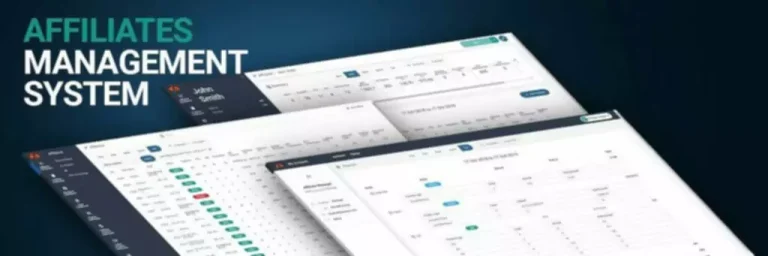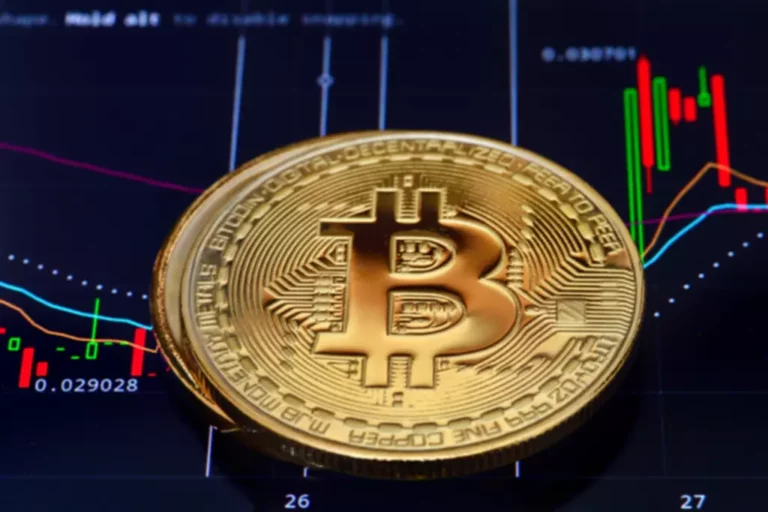The common trade dimension in dark swimming pools has declined to less than 150 shares. Exchanges just like the New York Stock Exchange (NYSE), that are looking for to stem their lack of trading market share to dark pools and various buying and selling methods, declare that this small trade measurement makes the case for dark pools less compelling. Electronic market maker darkish swimming pools are supplied by unbiased operators like Getco and Knight, who operate as principals for their very own accounts. Like the dark swimming pools owned by broker-dealers, their transaction prices are not calculated from the NBBO, so there may be worth discovery.

The stocks that you simply buy or promote right now might swing wildly in price quite soon. Dark swimming pools are networks – normally personal exchanges or forums – that permit institutional buyers to purchase or promote massive quantities of stock with out the small print of the trade being released to the broader market. Dark swimming pools may also be known as dark pool liquidity, or dark liquidity. Therefore, so as to avoid extreme market swings and potential manipulation, funding banks and large financial companies created non-public exchanges. These closed marketplaces have much less transparency to mitigate their impacts on market costs, therefore the name of dark swimming pools.
Darkish Pools Execs And Cons
The full impression of those laws remains to be being understood, but for now darkish pools proceed to thrive. Through a dark pool, the mutual fund can attempt to sell off its shares without alerting the market and causing a run on the company’s stock. The dangers of loss from investing in CFDs may be substantial and the worth of your investments may fluctuate.
Traders who’ve curiosity in exploring anonymous, darkish pool trading can do so comparatively simply. Each of those supply products depending on your needs and investor profile. For firms to internalize retail orders, they should have to offer meaningful price improvement or route the orders to regulated exchanges to interact with displayed quotations in the order book. CFA Institute additionally supports guidelines that may enable regulators to restrict dark swimming pools buying and selling to “large-in-scale” orders if these systems turn into too dominant. CFA Institute believes that regulation mustn’t favor one sort of firm or person over some other when they engage in economically and functionally similar activities. Consequently, any regulatory or legislative advantages, such as those who allow broker-internalization networks to operate underneath different guidelines from exchanges regardless of their similar actions, should be eradicated.

A public exchange would publish all of this information via its central marketplace. Investors would instantly know about the takeover or share buyback in progress and would trade accordingly. On a dark pool, these events can hold things quiet slightly longer and hopefully avoid spiraling prices. Chiefly, darkish pools exist for giant scale traders that don’t need to affect the market through their trades.
Why Darkish Swimming Pools Exist
The concept of crossing trades off change has been round practically as long as stock exchanges themselves. In the previous, such trades would take place at a broker-dealer’s trading desk, away from the market flooring. In fact, dark pools are authorized and fully regulated by the Securities and Exchange Commission. Dark swimming pools allow traders to make block trades with out having to publicize the buy/sell worth or the number of shares traded to the general public. This means trades are done anonymously and don’t give clues to different traders. With dark swimming pools delaying the reporting of trades and costs, public exchanges may have outdated information.
Dark swimming pools provide pricing and value benefits to buy-side establishments corresponding to mutual funds and pension funds, which maintain that these advantages ultimately accrue to the retail traders who own these funds. However, dark pools’ lack of transparency makes them prone to conflicts of interest by their house owners and predatory buying and selling practices by HFT companies. HFT controversy has drawn growing regulatory attention to dark swimming pools, and implementation of the proposed “trade-at” rule may pose a risk to their long-term viability.
Because they’re non-public and withheld from the common public, on this method, they pose some threat for traders exterior the darkish pool. Working with an adviser may include potential downsides similar to fee of fees (which will scale back returns). There are not any guarantees that working with an adviser will yield constructive returns.
Darkish Pool Change Rules
FINRA makes weekly trading data for every fairness ATS publicly out there after a two- to four-week delay, relying on the type of stock, in an effort to reinforce transparency in that market. FINRA also publishes data for trades performed over the counter on other venues. As talked about earlier, darkish pools enable giant trades to be made with reduced fear of front operating dark pool trading. With dark pools, massive trades could be damaged into smaller trades and executed before the value of a safety turns into devalued. Dark pools have been initially utilized largely by institutional buyers who didn’t need public publicity to the positions they have been moving into, in case there have been traders front operating.
Ultimately, darkish pools are one more venue for buyers to execute trades and stay an essential a half of the financial business. While the query of darkish swimming pools and the place a company’s inventory is being traded could not come up as an Investor Relations problem, Gilmartin Group can help you perceive this mechanism and hold you educated on the buying and selling panorama. For extra info on darkish swimming pools and other parts of Wall Street, contact us. Non-exchange trading in the us has surged lately, accounting for about 40% of all U.S. inventory trades in 2014, in contrast with 16% six years earlier.
However, an institutional investor possesses the shopping for power to purchase or promote sufficient securities to really move the costs of the securities. While darkish swimming pools are legal and regulated by the SEC, they have been topic to criticism because of their opaque nature. The institutional vendor has a greater chance of finding a buyer for the total share block in a darkish pool since it is a forum dedicated to massive buyers.
Forms Of Dark Swimming Pools
Dark pools add to the efficiency of the market since there is further liquidity for certain securities by getting them to listing on the exchanges. When retail investors purchase and sell stocks and other securities, they often undergo a brokerage firm or their preferred online trading platform. Dark swimming pools took place primarily to facilitate block buying and https://www.xcritical.com/ selling by institutional investors who didn’t want to impact the markets with their massive orders and procure antagonistic costs for his or her trades. With the implementation of MiFID II in Europe earlier this year (more to come back on this matter in later blogs), the EU is pushing for extra transparency and for extra activity to take place on public exchanges.
Dark pool trades are made “over the counter.” This implies that the shares are traded directly between the customer and seller, oftentimes with the assistance of a dealer. Instead of relying on centralized pricing, corresponding to with a public exchanges just like the NYSE, over-the-counter traders reach their price agreements privately. Trading in dark swimming pools utilises different buying and selling systems that consolidate prices from various exchanges and supply tight spread ranges, which lowers the broker’s commission. Additionally, these swimming pools involve fewer intermediaries, which outcomes in decrease transaction charges. Despite the paradox of darkish pools and the obvious advantage they supply for large institutions over public market individuals, they’re heavily regulated by the SEC, which passed the regulation for dark pool creation in April 1979. The rule entails that listed stocks may be traded off the change utilizing over-the-counter platforms.
Dark pools have been on the forefront of this development in the course of off-exchange buying and selling, accounting for 15% of U.S. volume as of 2014, according to figures given by business insiders. More lately, it is estimated that asset managers execute as much as 30% of their buying and selling volume utilizing darkish pools. However, non-public trade operators claim that darkish pool liquidity is higher than public markets, especially for high-frequency traders. In 2007, the SEC handed the National Market System rule, permitting corporations to bypass the public market and immediately commerce in non-public exchanges to gain a price benefit. This rule, in addition to the rise in HFT know-how, increased the variety of private trade merchants and saw the creation of more privately held exchanges. The darkish pool inventory market exchanges outline a block commerce, which values $200,000 at least, or over 10,000 shares, whereas most dark pool block trades, in actuality, involve much more than these figures.
However, the secrecy of those details is crucial to make sure that public markets don’t receive this news. Also, data have to be kept personal from other darkish pool merchants who can take the entrance runner and execute orders using HFT expertise to capitalise on the planned block commerce. Large traders and monetary institutions increasingly favor darkish pooling over public marketplaces to safe large portions of securities without inflicting main shifts available in the market. Moreover, these swimming pools involve decrease transaction charges because they do not entail a number of trade platforms and intermediaries.
The trade first launched its Xetra MidPoint dark pool in 2008, but closed it in 2017. Deutsche Börse attributed the closure to an incoming regulation exempting massive orders on lit venues from pre-trade transparency necessities, which it mentioned lowered the necessity for small-sized transactions in darkish pools. Dark pool investing has become one of the overwhelmingly most popular methods to trade shares. In April 2019, the share of U.S. inventory trades executed on darkish pools and different off-market autos was almost 39%, based on a Wall Street Journal report. Our dark pools report recognized how growing the opacity of buying and selling, principally through internalization, will undermine enhancements in buying and selling costs with impaired value dedication and wider spreads.
Other critiques of these swimming pools point out that the shortage of reporting and price disclosure could result in deceptive information and battle of interest. The SEC doubled down on dark swimming pools, calling for a trade-at rule for the traders to behave in good faith. Then, the vendor firm would wish to sell these shares in a quantity of batches of one hundred,000 shares each, or even less, relying in the marketplace conditions. The pricing in this approach doesn’t embody the NBBO quoting model, so a worth discovery is included in the unbiased electronic darkish pools. Imagine if a multi-billionaire investor wanted to promote one hundred,000 shares of firm ABC. Dark pool operators have also been accused of misusing their darkish pool information to commerce in opposition to their different customers or misrepresenting the pools to their clients.
 to Shop Now and Pay Later
to Shop Now and Pay Later
 NHS
NHS






Leave a Reply